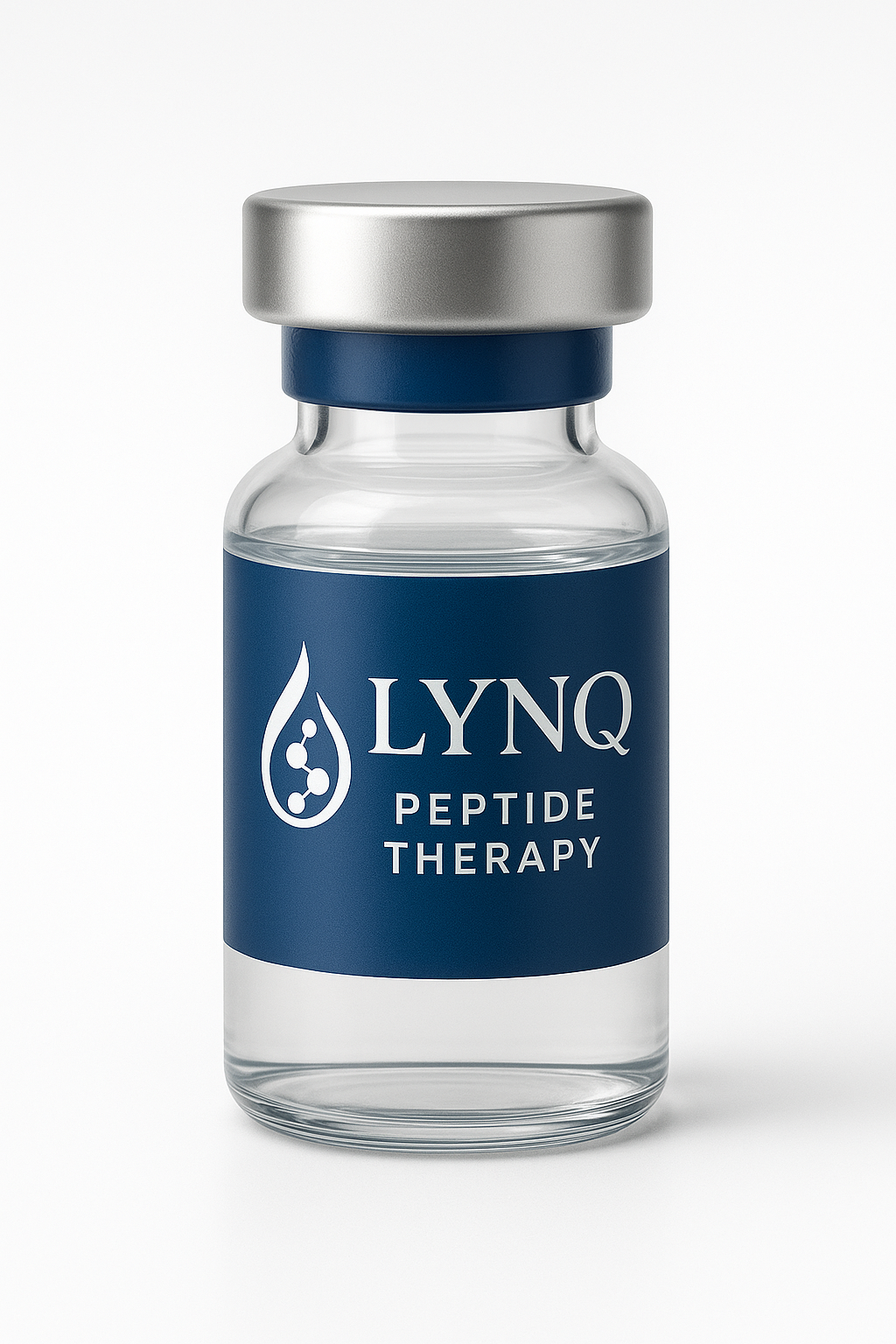1
/
of
1
CJC-1295 (No DAC) - 5mg
CJC-1295 (No DAC) - 5mg
Regular price
$70.00 USD
Regular price
Sale price
$70.00 USD
Quantity
Couldn't load pickup availability
CJC-1295 (No DAC) is a short-acting synthetic analog of growth hormone–releasing hormone (GHRH). It is engineered to stimulate the natural release of growth hormone (GH) and insulin-like growth factor 1 (IGF-1) through pituitary activation. Unlike its longer-acting counterpart (CJC-1295 with DAC—Drug Affinity Complex), the No DAC version lacks the molecular modification that extends half-life, resulting in a shorter duration of action and more pulsatile GH release patterns. CJC-1295 (No DAC) is used in research settings to explore its role in recovery, muscle growth, fat metabolism, and cellular repair—not for approved human therapeutic use.
What Are the Effects of CJC-1295 (No DAC)?
- Growth Hormone & IGF-1 Stimulation: CJC-1295 (No DAC) binds to GHRH receptors in the anterior pituitary, enhancing the body’s natural pulsatile GH secretion. This stimulates hepatic IGF-1 production, which supports tissue repair and anabolic activity in research models.
- Enhanced Recovery & Cellular Repair: Studies indicate increased protein synthesis, accelerated wound healing, and improved muscle recovery following GH axis stimulation.
- Body Composition Support: By promoting lipolysis (fat breakdown) and lean mass preservation, CJC-1295 (No DAC) contributes to improved body composition outcomes in experimental settings.
- Sleep Quality & Cognitive Function: Research shows potential benefits in deep sleep quality and memory retention through GH-mediated neuroprotective mechanisms.
- Short Half-Life for Pulsatile Release: With a half-life of roughly 30 minutes, CJC-1295 (No DAC) mimics natural GH release rhythms rather than maintaining continuous elevated levels—often studied in combination with GHRPs (Growth Hormone Releasing Peptides) for synergistic effects.
- Safety Observations: CJC-1295 (No DAC) has demonstrated favorable tolerance in research environments, with mild, transient injection-site irritation being the most commonly noted effect and no evidence of systemic toxicity in controlled studies.
Share


